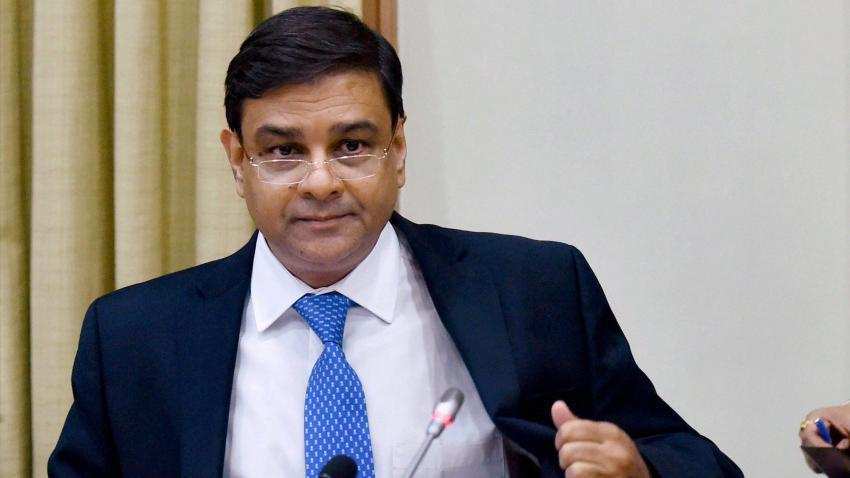RBI Governor Urjit Patel raises currency war flag
RBI governor Urjit Patel did not think it is time to take his feet off the pedal in the rate-hike cycle, while the government was satisfied with the pace of inflation. After October 2013, it is the first time that RBI has gone for a consecutive rate hike.

Reserve Bank of India (RBI) agreed with the government that the Indian economy would grow at 7.4% for 2018-19 but has different views on inflation. RBI governor Urjit Patel did not think it is time to take his feet off the pedal in the rate-hike cycle, while the government was satisfied with the pace of inflation. After October 2013, it is the first time that RBI has gone for a consecutive rate hike.
The hike in the repo rate, or the rate at which RBI lends to banks, comes after the consumer price index (CPI) based inflation shot up to 5% in June, up from 4.8% in May.
The central bank said it was concerned about inflation with lurking uncertainty about oil prices, possibility of a trade war and fiscal slippages in an election year.
Urjit Patel, RBI governor, said in a media conference, “There is a fair bit of uncertainty around CPI prints going forward. Therefore, it was important that we kept our options open, depending on the prints coming over the next few months, given the volatility of the prints that seem to be coming most of the time.” The government, on the other hand, has been easy on inflation, saying that retail inflation remained around the target of 4% with a 2% tolerance level.
Patel reiterated that “Our mandate is to target the headline. Therefore, while we look at the components that make up the headline. Our focus in terms of the policy choices is to get the headline to 4%.”
Watch this Zee Business video here:
“We have already had a few months of turbulence behind us, and it looks like that this is likely to continue. For how long, I don’t know. The trade skirmishes evolved into tariff wars and now we are possibly at the beginning of currency wars,” Patel told media persons. “Given this, we have to ensure that we run a tight ship on the risks that we control to maximise the chances of ensuring macroeconomic stability and continuing with the growth profile of 7-7.5%, going forward,” he said.
Source: DNA Money
09:17 AM IST






 New Rs 100 notes bearing RBI’s new governor Shaktikanta Das signature to come soon - All details here
New Rs 100 notes bearing RBI’s new governor Shaktikanta Das signature to come soon - All details here Narendra Modi interview: PM reveals why Urjit Patel resigned as RBI governor
Narendra Modi interview: PM reveals why Urjit Patel resigned as RBI governor Welcome 2019: Your home, personal, car loan EMIs may come down in New Year; Here's why
Welcome 2019: Your home, personal, car loan EMIs may come down in New Year; Here's why December policy: Ex-RBI Guv Patel favoured status quo on repo rate
December policy: Ex-RBI Guv Patel favoured status quo on repo rate Regulators can't work in isolation: Arun Jaitley on ex RBI Guv Urjit Patel
Regulators can't work in isolation: Arun Jaitley on ex RBI Guv Urjit Patel